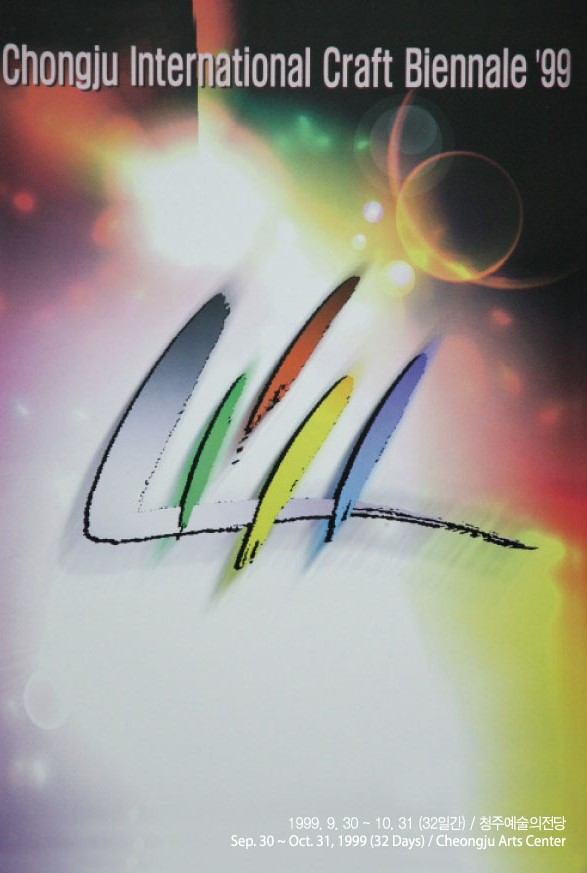
Cheongju International Crafts Biennale, Poster, 1999, Image provided by Cheongju Craft Biennale
Cheongju Craft Biennale
* Source: MMCA
Related
-
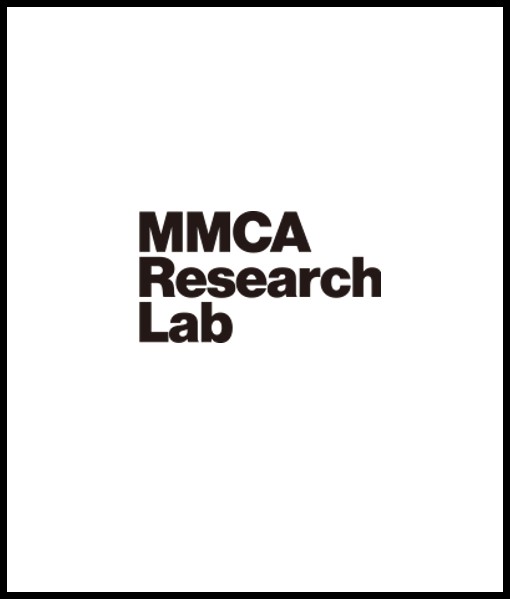
Korean Craft Design Institute
The Korean Craft Design Institute [Hanguk gongye dijain yeonguso] was established on July 26, 1966 to improve design, conduct research on production technology, train technicians in the craft field and promote exports of the craft industry through provision of crafts. It began with the need for a design center that professors led by Lee Soonsuk from the College of Fine Arts at Seoul National University mentioned to the government in the mid-1960s. Accordingly, the institute was founded within the precincts of Seoul National University (currently the International Design School for Advanced Studies at Hongik University in Yeongeon-dong, Jongro-gu, Seoul) with support from the Ministry of Commerce and Industry. The first chairman was Park Gapseong, and the director was Lee Soonsuk. Practical tasks began to be undertaken in 1968, covering the fields of wood-lacquering crafts, ceramics, goldsmithing, weaving, dyeing, industrial art, and commercial art. The Korean Craft Design Institute was the first design promotion organization in South Korea, with the exception of the Korean Handicraft Demonstration Center [Hanguk gongye sibeomso] run by Americans in the 1950s. It was part of the College of Fine Arts of the Seoul National University. However, in actuality, it received interference from the Ministry of Commerce and Industry and was renamed the Korean Export Design Center in 1969. There was a discrepancy between the management team that aimed for a research-oriented institution and the Ministry of Commerce and Industry that sought to make it an export promotion institution. This discrepancy led to its merging with the Korean Packaging Technology Association in 1970. As it was renamed the Korean Design Packaging Center (present-day Korea Institute of Design Promotion), it came to belong to the state.
-

Seoul Biennial
The Seoul Biennale was a group exhibition organized by the Korean Avant Garde Association (AG) and held at the National Museum of Modern Art (now MMCA) on December 12, 1974. The AG is an art collective that several artists including Ha Chonghyun founded in 1969 along with art critics Kim Inhwan, Oh Kwang-su, and Lee Yil. Bringing the avant-garde concept to the forefront and searching for a new visual order, the members of AG published four volumes of its bulletin AG and held thematic exhibitions (print exhibition in 1974) from 1970 to 1975 and the First Seoul Biennale in 1974 to create the most cutting-edge art of the time. The 1975 exhibition, which organized by AG, had only four of its members participating, making it meaningless as a group exhibition. Thus, the Seoul Biennale was de facto AG’s last exhibition. Lee Yil, an art critic who belonged to AG, defined the Seoul Biennale as an exhibition that focused on the younger generation who presented their own ideologies, explored their own methodologies, and pursued the spirit of resistance and subjective criticism. The first Seoul Biennale, which was planned to be an international exhibition held biannually with the goal of establishing Korean art in the world, had sixty-nine participants, including eleven AG members and fifty-eight artists selected by Lee Yil, the commissioner of the artist selection committee. However, due to the dissolution of AG, the biennale was held only once in 1974.
-
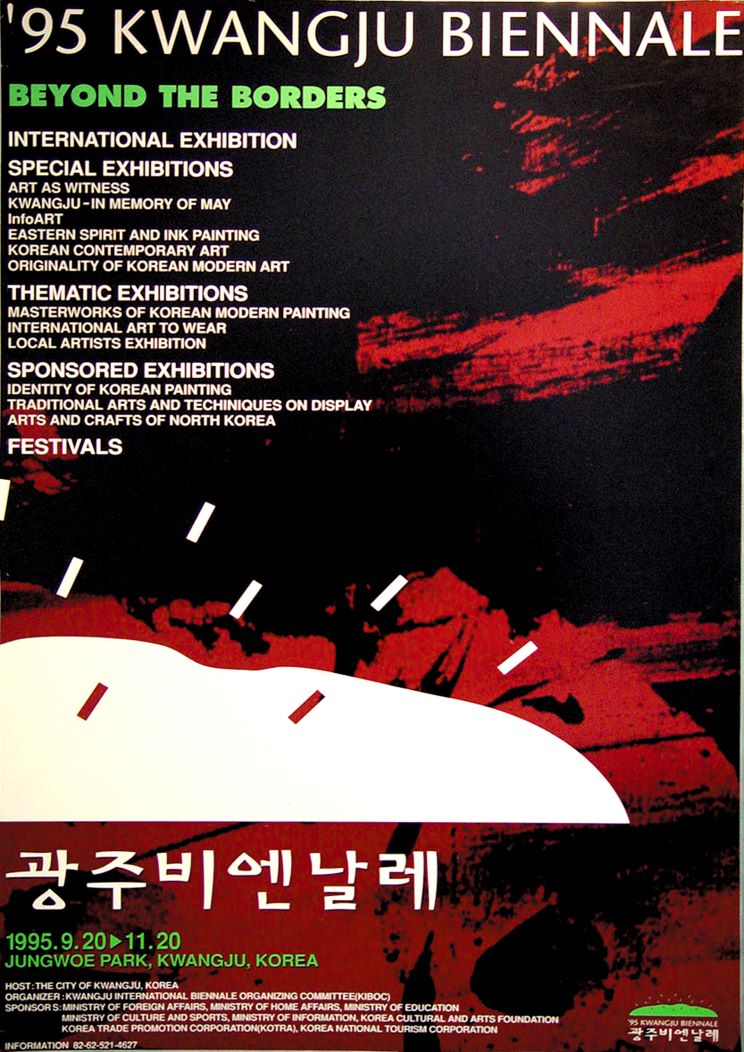
Gwangju Biennale
An international contemporary art exhibition held every two years. The biennale is the first of its kind in Asia. The theme of the first Gwangju Biennale in 1995 was Beyond the Borders, and the theme of the most recent twelveth Gwangju Biennale was Imagined Borders. Each biennale hosts exhibitions and events based on themes that reflect the global diversity of socio-cultural realities and progressive values around the world.
Find More
-
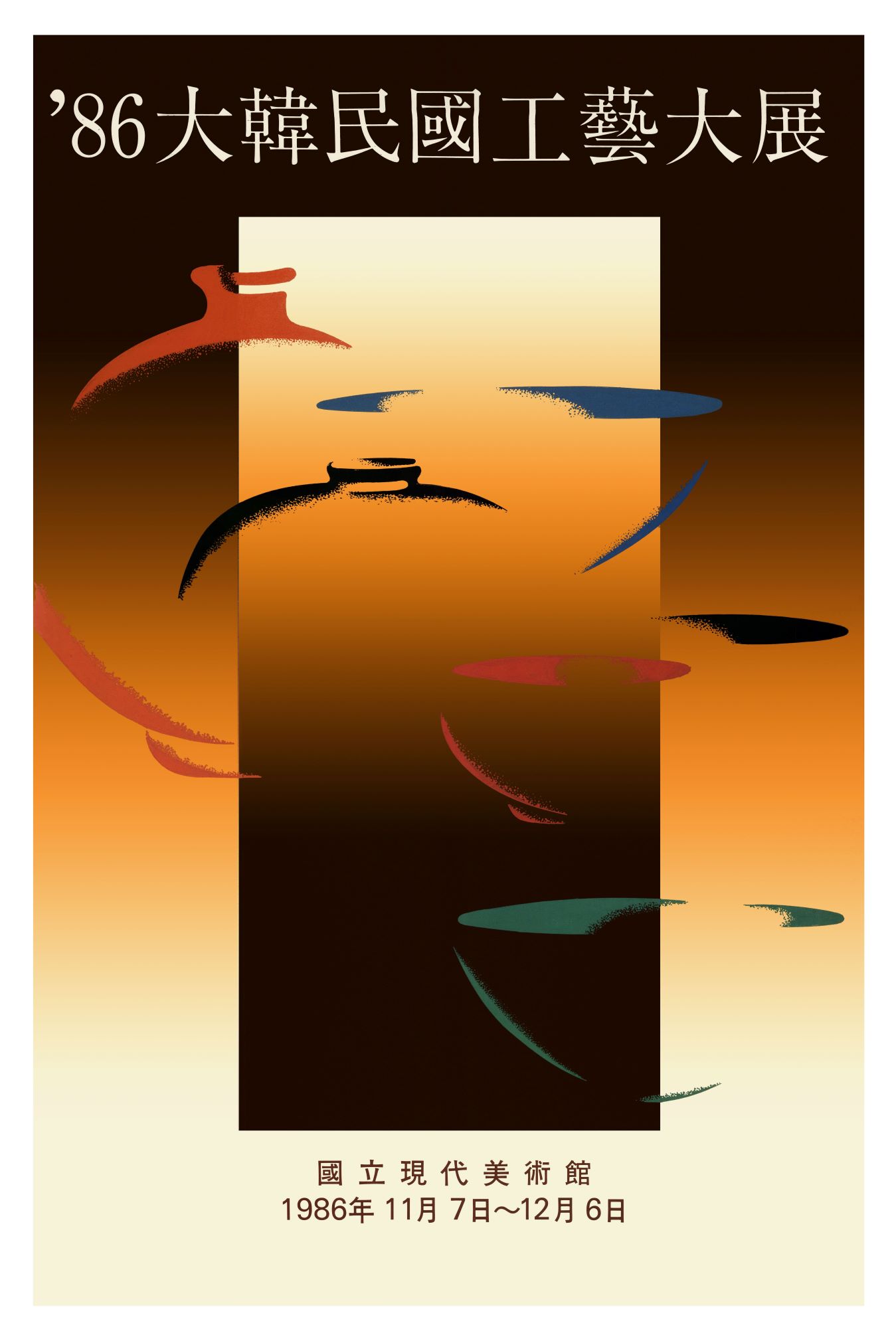
Grand Craft Exhibition of Korea
The Grand Craft Exhibition of Korea is a competition organized by the Korean Fine Arts Association [Mihyeop] and invites entries for crafts in each category. With the abolition of the government-sponsored National Art Exhibition (Gukjeon) in 1949 right after the establishment of the government of the Republic of Korea, its crafts section was temporarily included in the Grand Art Exhibition of Korea hosted by the Korean Fine Arts Association from 1982 but began to be operated separately from 1986. The first competition was held in 1986 and organized by the MMCA. From the second edition (1987) through the thirteenth edition (1998), it was operated by the Korean Fine Arts Association. With the eighteenth edition in 1999, the crafts section was officially included in the Grand Art Exhibition of Korea. At the time, the Operating Committee for the Grand Craft Exhibition of Korea was established, and the Korea Culture and Arts Foundation began sponsoring the competition. The fields of the competition were divided into metal, ceramics, wood-lacquering, dyeing, and others, and centered on established artists. The Grand Craft Exhibition of Korea is responsible for evaluating the workmanship and artistry of professional artists in each craft field.
-
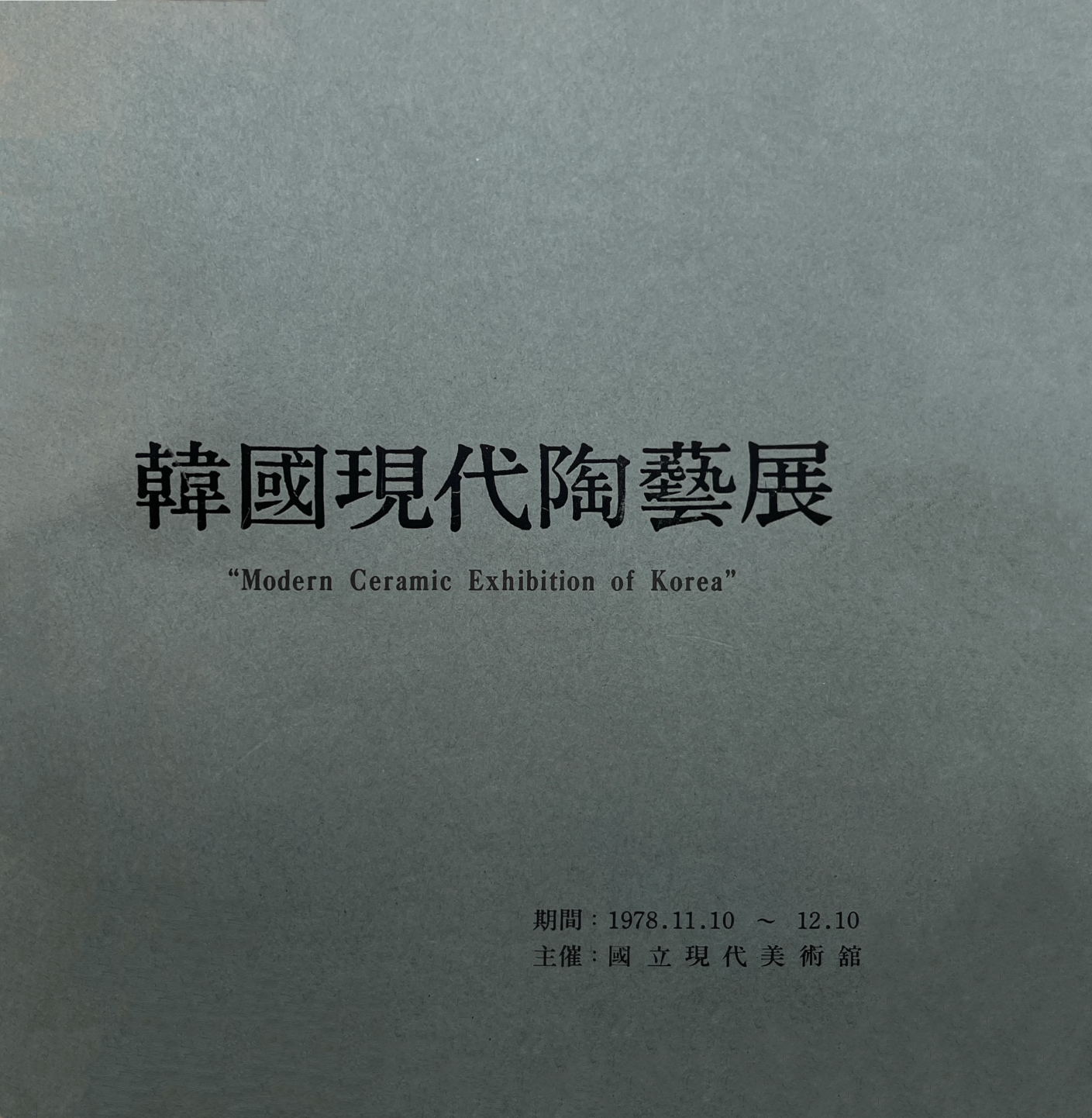
Modern Ceramic Exhibition of Korea
The Modern Ceramic Exhibition of Korea was a special exhibition on Korean contemporary ceramic artists curated and hosted by the MMCA in 1978. The exhibition, which was held from November 10 through December 1 at the National Museum of Modern Art (now MMCA), explored the relationship between the traditions of Goryeo celadon and Joseon white porcelain and contemporary ceramics. It featured sixty-nine works by fourteen artists selected through profound discussions. The participating artists included Kang Suhwa, Kwon Soonhyung, Kim Sukwhan, Kim Yik-yung, Shin Sangho, Won Daichung, Yoon Kwangcho, Rhee Boo-ung, Lee Jongsu, Yim Mugeun, Chung Damsun, Cho Chunghyun, Hwang Jonggu, and Hwang Chongnye. Among them, only Yoon Kwangcho was a full-time artist. The exhibition received a skeptical review on the impoverished state of contemporary Korean ceramic circles in that only fourteen artists were selected. Nonetheless, the Modern Ceramic Exhibition of Korea, which was held in the formative stage of early contemporary ceramic art, is significant in that it is a major exhibition advancing new recognition of traditions.






